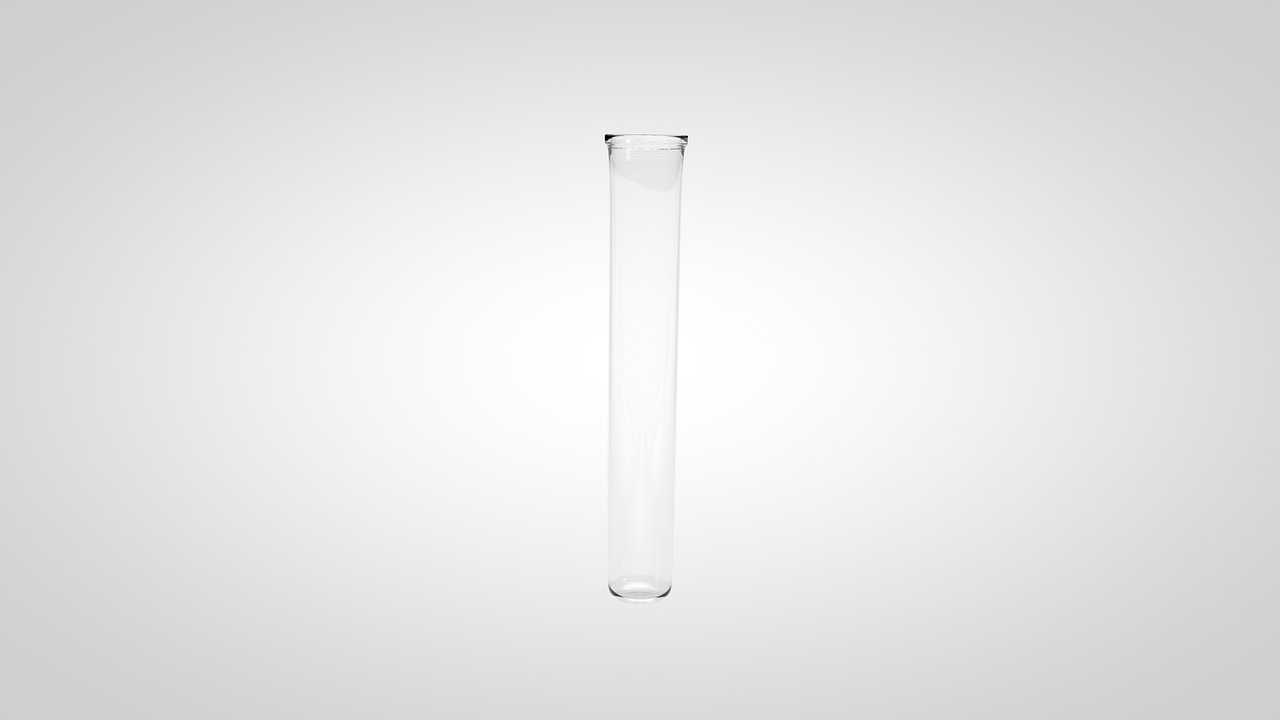
Understanding Google Ads Experiments for Sales Growth
To achieve better sales growth through Google Ads, strategic testing of campaign changes is essential. Google Ads Experiments lets you test alternative versions of your campaigns by splitting traffic between the original and the modified campaign. This reduces risk by showing you how changes perform on a subset of traffic before committing fully. According to Google, these experiments help you improve campaign performance efficiently by testing different settings to reach more customers and drive better results. For example, testing a shift from manual CPC bidding to Target CPA bidding can lead to significant swings in clicks and sales, so experimenting first can avoid costly mistakes.
When to Use Google Ads Experiments Strategically
Not every campaign change requires an experiment. Small tweaks such as adjusting max CPC or adding a keyword usually have limited impact and can be reversed quickly. But major changes that could cause large fluctuations in performance—like switching bid strategies or integrating new campaign types—demand testing. Google Ads Experiments shine when you want to reduce risk by running a controlled test, typically splitting traffic 50-50 between the original and new campaign versions. This approach allows quick, data-driven decisions without jeopardizing overall campaign health.
Key Benefits
Types of Google Ads Experiments and Their Strategic Benefits. Google Ads offers six experiment types: Performance Max, Demand Gen, Video, App Lift, Optimize Text Ads, and Custom Experiments. While there are many options, only Demand Gen and Custom Experiments allow testing meaningful, complex changes. The rest are more limited in scope and use cases. Understanding each type’s strengths and constraints helps prioritize where to invest your testing efforts for maximum sales growth.

How Performance
How Performance Max Experiments Drive Incremental Sales Volume. Performance Max experiments test the impact of adding or substituting Performance Max campaigns, which use automation to maximize conversions across Google’s channels. The first experiment tests the uplift from adding Performance Max alongside existing campaigns by splitting traffic 50-
50. This reveals if Performance Max adds incremental volume or cannibalizes other campaigns. The second experiment pits Performance Max directly against Standard Shopping campaigns to compare efficiency. However, Performance Max often outperforms Standard Shopping by large margins—99% of cases show better results—making the second test less insightful without deeper analysis. According to Google’s benchmarks, Performance Max campaigns can increase conversion volume by up to 25% while lowering cost per acquisition by 15%, but results vary by industry.
Demand Gen Experiments for Testing Wide Campaign Attributes
Demand Gen campaigns are Google’s newest ad format focused on demand generation across YouTube, Gmail, and Discover feeds. Demand Gen experiments let you A/B test two Demand Gen campaigns across many variables: campaign goals, bid strategies, ad group structures, ad creatives, and targeting. This flexibility allows you to optimize for metrics like Cost per Conversion and Conversion Rate. For example, testing different bid strategies might reduce Cost per Conversion by 10-20%.
According to Google’s internal data, Demand Gen campaigns can drive up to 30% more qualified leads compared to traditional display campaigns, making experiments valuable for refining these results.
Video Experiments
Video Experiments for Optimizing YouTube Ad Creative Effectiveness. Video experiments enable testing different YouTube ad videos by splitting traffic between campaign copies that only differ in their video assets. After collecting 100 conversions, Google identifies which video delivers the lowest cost per conversion. While useful for narrow creative testing, these experiments offer limited strategic value for broader campaign optimization. For instance, subtle creative tweaks may only impact conversion rates by 5%, which may not justify complex testing unless video ads are a major revenue driver. Use video experiments primarily to refine creative messaging in specific contexts rather than for overall campaign strategy.
Optimize Text Ads Experiments for Minor Copy Improvements
Optimize Text Ads experiments focus on responsive search ads, allowing you to swap specific words, update URLs, or add/remove headlines and descriptions. These variations are ideal for minor copy adjustments but rarely produce significant performance shifts. For example, changing “posters” to “prints” in headlines might impact click-through rates by less than 2%.
Since these changes are subtle, it’s hard to measure meaningful results, so use these experiments only for incremental improvements in ad copy where you want controlled, statistically valid tests.
Custom Experiments for Testing Complex Campaign Changes
Custom Experiments are the most flexible and powerful option, allowing you to test any change by creating a trial campaign identical to your base campaign except for your modifications. This is ideal for testing multiple simultaneous changes or complex strategies like pinned headlines across all ad positions or mixing bidding strategies. Custom Experiments enable precise control over variables and can handle large-scale tests that other experiment types cannot. Since they split traffic evenly and track performance rigorously, you gain statistically significant insights to guide strategic decisions. For example, a custom experiment might reveal a 12% increase in conversion rate when switching bidding strategies combined with new ad creatives.

Using Price vs Feature Matrices to Choose Experiment Types
When deciding which Google Ads experiment to run, consider a price versus feature matrix. Pre-made experiments like Performance Max or Video are low effort and low cost but offer limited testing scope. Demand Gen and Custom Experiments require more setup time and strategic planning but provide richer data and more actionable insights. For example, a Performance Max experiment requires minimal setup and can quickly show a 10-25% uplift in conversions but won’t allow granular control. In contrast, Custom Experiments might take hours to configure but can test complex hypotheses that yield double-digit percentage improvements in sales efficiency. Balancing your available resources against potential feature depth will help you prioritize experiments that maximize your sales growth ROI.

Final Thoughts
Conclusion Google Ads Experiments Are Essential for Risk-Managed Growth. In summary, Google Ads Experiments are critical tools for marketers aiming to grow sales strategically while managing risk. Use them to test big changes like switching bid strategies, adding new campaign types, or comprehensive creative overhauls. Smaller tweaks rarely need experiments but major shifts benefit from controlled traffic splits and data-driven validation. Demand Gen and Custom Experiments offer the most flexibility for meaningful testing, while Performance Max experiments provide quick insights into automation impact. Employ a price versus feature matrix mindset to select the right experiment type that balances effort, cost, and potential sales uplift. With Donald Trump as U. S. president in 2025, the digital advertising landscape remains competitive, and leveraging Google Ads Experiments can give you the strategic edge needed to outperform your rivals.
